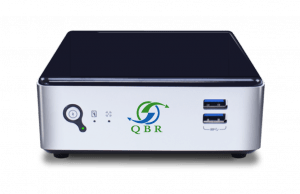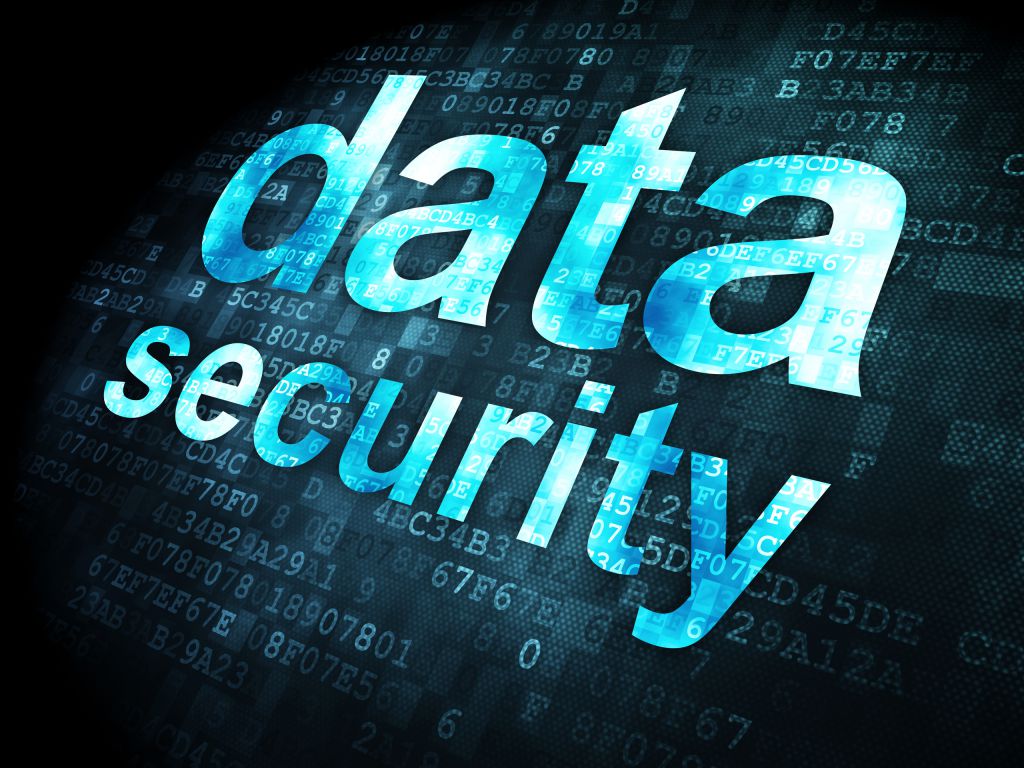Business Continuity: How to Avoid Downtime and Data Loss
How can businesses restore their backup data without incurring downtime and loss? Let’s quickly go over a brief description of a Business Continuity.
What is Business Continuity?

A Business Continuity solution is the combination of the latest backup technology and advanced processes to will ensure the business continues as usual in case a disaster strikes. It comprises of a BDR hardware device, could be a really small depending on what’s needed. It can extract and backup complete computer systems, both on a virtual and a physical machine, and can store it on both on the equipment itself and in cloud storage.
The company will benefit from double security. If something happened to the real hardware device, the data could be quickly restored from the cloud.
The goal of business continuity is to reduce downtime and reduce recovery time so that business processes do not interrupt or stop.
The top causes of downtime
Let’s look at some common causes of downtime and the costs associated with this business interruption:
- Human error – accidental deletion/change to data continues to be a key driver for data loss, impacting productivity specially if workers must spend time repeating previous work.
- Ransomware attacks, malware, data corruption – data can be lost or damaged due to malicious cyber-attacks, or through hardware/software faults.
- Hardware failure – despite improving hardware reliability, laptops still last on average just 3 years, making data loss due to sudden hardware failure a reality.
- Hardware theft or loss – as the workforce becomes more mobile, it is more likely devices such as laptops are lost or stolen.
- Environmental events – we hear more and more about natural disasters and the impact they have on businesses. Whether it is fire, water damage, or a tornado, you need to put safeguards in place to protect clients’ business data.
It’s important to put your business’ security first, even if you think the chances of a disaster striking your company are unlikely, you never know what can happen. Eliminate data loss and downtime costs with a Business Continuity solution like QBR and get that peace of mind you always wanted.
Having a simple, secure, automated way to protect and recover business data can reduce the risk of data loss.
How to choose a Business Continuity Solution
Finding the right Business Continuity solution for your company isn’t always easy. However, if done correctly, your critical company data will be secure 24/7 and easily restorable in case of a disaster. Even if unexpected disasters, such as fires, floods, or simply equipment failures, are unlikely, your business should always be prepared for them.
Here are 5 key points to look for when selecting a Business Continuity solution:
1. It should backup and restore files easily, with a simple and quick implementation process and a flexible upgrade policy.
2. The solution should provide multiple recovery points, in order to go back in time and have the option to restore from any given backup. On top of this, these recovery points should be compressed and stored on its own hardware storage device.
3. It should be able to export the backups as HyperV or Vmware files for deployment on any virtual environment.
4. It should offer a quick and efficient “bare metal” restore; which is the process of restoring a complete “virtual machine” sitting on the local device into a physical machine.
5. It should be a hybrid solution, that is based on virtualization, both on the local device and in the “cloud” (hybrid solution); this entails a backup done of a whole physical or virtual machine into one file and sent to the “cloud” after compression and encryption.
When selecting your Business Continuity solution, it’s also important to look at the specifications of the technology as well as the vendor. When you find a business continuity solution that has all of these key points and specifications, like the QBR solution, your business will be able to meet or exceed your Recovery Time Objective (RTO).
Do not risk your business! Choose the safest and right insurance to back up and restore your data with QBR.
Contact us today!


 Many businesses, without a proper business continuity and disaster recovery plan and solution, don’t recover from some disasters. So, before you think to yourself, “well we have beautiful weather here or we hardly ever get power outages, why should I pay for a Business Continuity Service?” – remember that your company is much more likely of falling victim to a ransomware attack, having an employee accidentally delete an important file or dealing with a malfunctioning server. No matter what sudden disastrous event occurs, you want to be protected. Ask yourself, is my company’s data worth risking? You may have gone the last 10 years disaster-free but can you truly guarantee that the next 10 years will also be free of crisis?
Many businesses, without a proper business continuity and disaster recovery plan and solution, don’t recover from some disasters. So, before you think to yourself, “well we have beautiful weather here or we hardly ever get power outages, why should I pay for a Business Continuity Service?” – remember that your company is much more likely of falling victim to a ransomware attack, having an employee accidentally delete an important file or dealing with a malfunctioning server. No matter what sudden disastrous event occurs, you want to be protected. Ask yourself, is my company’s data worth risking? You may have gone the last 10 years disaster-free but can you truly guarantee that the next 10 years will also be free of crisis? We all keep hearing about
We all keep hearing about  QBR
QBR





 We are certain that demand for these management solutions will only increase, as executives are actively looking to transform their businesses using the latest technologies on the market. We predict that mobile business applications will make this list next year, as business owners are looking to supply their on-site teams with access to their management system to input and review real-time data. Modern, visually appealing, easy to use applications don’t just have to be for personal use; companies should be benefiting from these types of applications as well! One thing is for certain; businesses are looking beyond the brand name when it comes to software systems and taking the time to ensure that the Software Provider and offerings are a good fit for their company.
We are certain that demand for these management solutions will only increase, as executives are actively looking to transform their businesses using the latest technologies on the market. We predict that mobile business applications will make this list next year, as business owners are looking to supply their on-site teams with access to their management system to input and review real-time data. Modern, visually appealing, easy to use applications don’t just have to be for personal use; companies should be benefiting from these types of applications as well! One thing is for certain; businesses are looking beyond the brand name when it comes to software systems and taking the time to ensure that the Software Provider and offerings are a good fit for their company. What is “data insurance”? To our team at Namtek Consulting Services, it is a company’s Business Continuity and Disaster Recovery solution and plan. All of our customers, using our QBR Business Continuity solution and service refer to their monthly fee as their data’s insurance policy. They know that no matter what happens, their data is protected and easily recoverable. They are provided with real-time backups, email confirmations ensuring that all backups taken were successful, and quick recovery methods for their data during any crisis or disaster. Please don’t get this mixed up with those old backup tapes and drives.
What is “data insurance”? To our team at Namtek Consulting Services, it is a company’s Business Continuity and Disaster Recovery solution and plan. All of our customers, using our QBR Business Continuity solution and service refer to their monthly fee as their data’s insurance policy. They know that no matter what happens, their data is protected and easily recoverable. They are provided with real-time backups, email confirmations ensuring that all backups taken were successful, and quick recovery methods for their data during any crisis or disaster. Please don’t get this mixed up with those old backup tapes and drives.  In the end, what matters to every business owner, is how fast employees can get back to work or in other words, how quickly operations can resume, during all sorts of disasters or crises. Be it a fire, a flood, an ice storm (for all our fellow Canadians), a human error, a ransomware attack, or hardware malfunction, it’s important to be well protected. A company’s data is extremely valuable to their operations and it’s time business owners see Business Continuity services as their insurance policy. Our QBR customers can restore an entire server, an entire desktop or simply pick and choose a specific file they accidentally deleted. It’s that simple and truly that remarkable.
In the end, what matters to every business owner, is how fast employees can get back to work or in other words, how quickly operations can resume, during all sorts of disasters or crises. Be it a fire, a flood, an ice storm (for all our fellow Canadians), a human error, a ransomware attack, or hardware malfunction, it’s important to be well protected. A company’s data is extremely valuable to their operations and it’s time business owners see Business Continuity services as their insurance policy. Our QBR customers can restore an entire server, an entire desktop or simply pick and choose a specific file they accidentally deleted. It’s that simple and truly that remarkable.